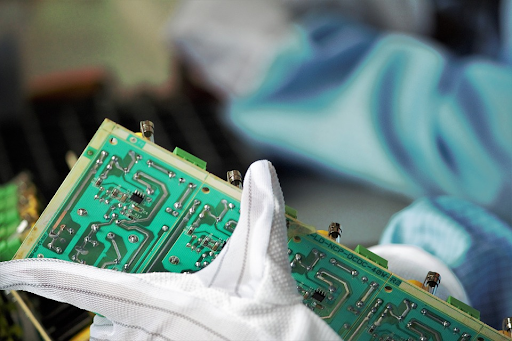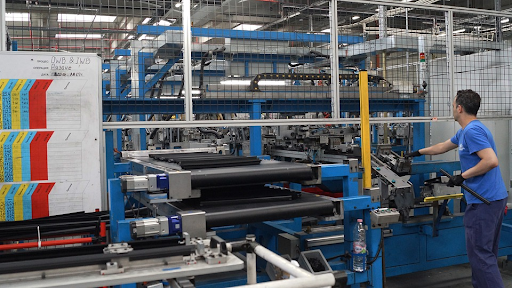Consumer electronics news is buzzing with the holiday impact of the global chip shortage. Retailers and distributors for consumer tech durables, vehicles, and electronic products or components in 160 industries are eyeing potential losses for the 2021 holiday season.
Consumer goods in particular will be heavily impacted. Prices for everything from appliances and communication devices to laptops, tablets, and smartphones from big brands like Apple and Samsung are seeing price hikes to keep pace with spiralling demand during the global chip shortage.
Prices Are Still Going Up
According to Forrester’s research director, Glen O’Donnell, “We’re seeing 5% to 10% price increases right now. They will increase more as this issue drags on.” Constraints on the chip supply have required manufacturers to either absorb the higher prices for chips themselves, or pass them on to consumers — and many have done just that. O’Donnell adds that, “We expect these increases to exceed 10 per cent by the year end and rise even more through 2022.”
The world’s biggest chipmaker, TSMC, is prepping for the steepest price hike on its products in a decade, even as the manufacturer’s prices already exceed its rivals by 20%. This cost increase will inevitably trickle down to the numerous electronic products that rely on their chips. Electronic retailers will need to account for the rise in inventory costs as they plan their holiday budgets.
Low Inventory Has Created Delays
On top of the price increases, consumers are facing shipping delays and waiting periods on all manner of electronic products. Leading retailers have reported that they’re receiving 20-40% less stock across categories than what they’ve ordered — an uptick from the 10-12% shortfall only a few weeks ago. This has created situations where consumers are not able to purchase their preferred choice of laptops for sometimes weeks at a time on higher-end models.
When Will This End?
Intel has announced an enormous $95B investment in chip fabrication, and this could potentially alleviate some of the shortage in the future. Intel, Samsung and TMC have actually already pledged $75B in investments for semiconductor manufacturing in 2021 alone. The ramping up of production will increase supply, but only in the long term.
“Today’s chip undersupply will be followed by tomorrow’s oversupply,” says Neil Mawston, Executive Director at Strategy Analytics. With that said, today’s undersupply is set to persist into as far out as 2023, according to many electronics industry leaders.
What Can I Do For This Holiday Season?
Some companies that rely on a supply of chips have been stocking up well in advance, placing much larger orders than they would in a typical year to account for shortfalls and delays. Apple and Samsung are among them. This may partially shield them from the component supply crunch, according to CNBC (and help electronic retailers to maintain inventory of their products).
It’s also wise to diversify your supply chain. A hybrid distributor can provide access to a global network of relationships with authorized, independent, and factory direct sources for chips that would be out of reach with your shortlist of current suppliers. At Sensible Micro, we make it a priority to keep the hottest parts in stock with early insights from our vast network of industry partners.
Contact Sensible Micro today to get ahead of the holiday season and make sure you have a reliable supply of the right semiconductors and other electronic products affected by the global chip shortage.



















